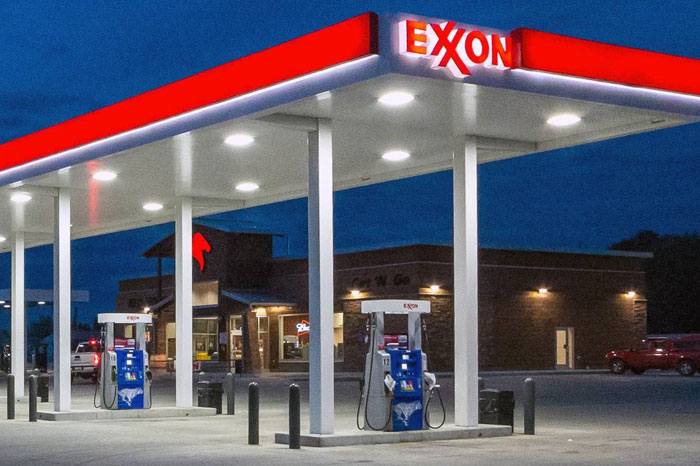 Both Exxon and Mobil were descendants of the John D. Rockefeller corporation, Standard Oil. The reputation of Standard Oil in the public eye suffered badly after publication of Ida M. Tarbell’s classic exposé The History of the Standard Oil Company in 1904, leading to a growing outcry for the government to take action against the company.
Both Exxon and Mobil were descendants of the John D. Rockefeller corporation, Standard Oil. The reputation of Standard Oil in the public eye suffered badly after publication of Ida M. Tarbell’s classic exposé The History of the Standard Oil Company in 1904, leading to a growing outcry for the government to take action against the company.
By 1911, with public outcry at a climax, the United States Supreme Court ruled that Standard Oil must be dissolved and split into 34 companies. Two of these companies were Jersey Standard, which eventually became Exxon, and Socony (“Standard Oil Company of New York”), which eventually became Mobil.
In the same year, the nation’s kerosene output was eclipsed for the first time by gasoline. The growing automotive market inspired the product trademark Mobiloil, registered by Socony in 1920.
Over the next decade, both companies grew significantly. Jersey Standard acquired a 50 percent share in Humble Oil & Refining Co., a Texas oil producer. Socony purchased a 45 percent interest in Magnolia Petroleum Co., a major refiner, marketer and pipeline transporter. In 1931, Socony merged with Vacuum Oil Co., an industry pioneer dating back to 1866 and a growing Standard Oil spin-off in its own right.
In the Asia-Pacific region, Jersey Standard had oil production and refineries in Indonesia but no marketing network. Socony-Vacuum had Asian marketing outlets supplied remotely from California. In 1933, Jersey Standard and Socony-Vacuum merged their interests in the region into a 50-50 joint venture. Standard-Vacuum Oil Co., or “Stanvac,” operated in 50 countries, from East Africa to New Zealand, before it was dissolved in 1962.


